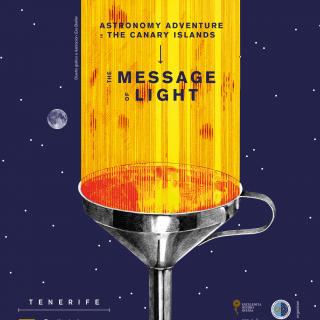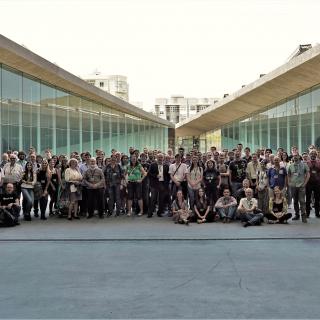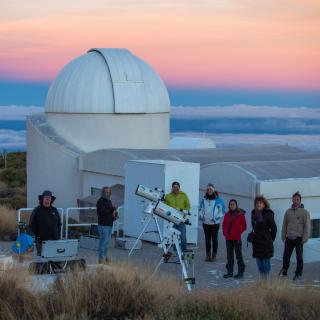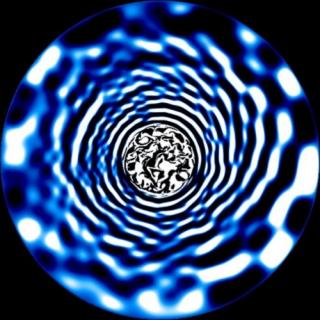
The Japanese physicist Takaaki Kajita is one of the leading world experts in neutrino physics. These particles have a very tiny mass, and they hardly interact with other kinds of matter. This elusive quality meant that for many years after their prediction their existence was in doubt, even though they are the most abundant elementary particles in the universe. However since the 1950’s not only have they been detected, but it has been shown that there are several types of neutrinos, and that studying them could be the key to solving important puzzles about the origin of matter in the
Advertised on
![The ultra-diffuse galaxy KKS2000]04 (NGC1052-DF2). The ultra-diffuse galaxy KKS2000]04 (NGC1052-DF2).](/sites/default/files/styles/crop_square_2_2_to_320px/public/images/news/nt030619.jpg?h=bc8a2161&itok=5XOM-hsd)



